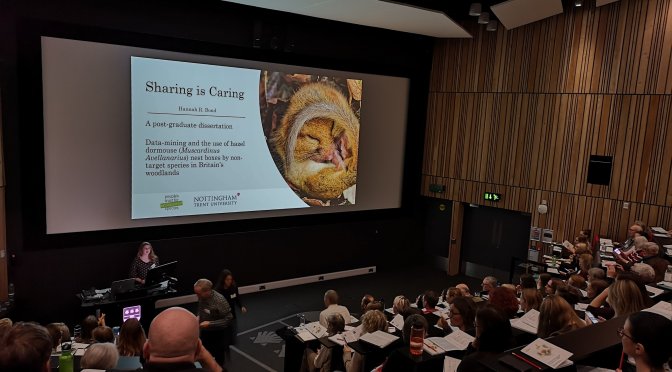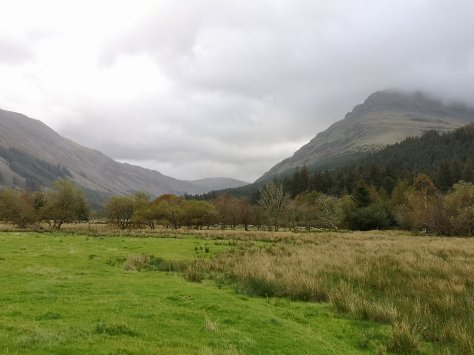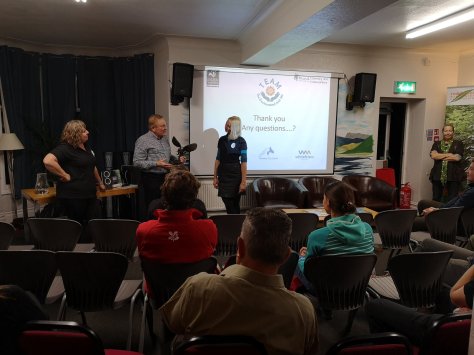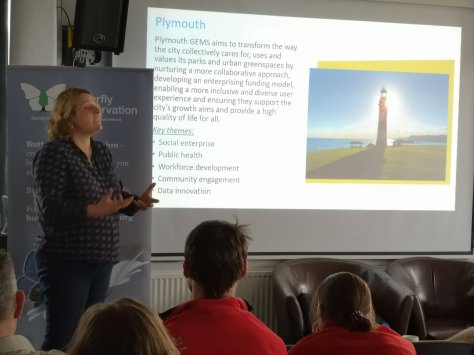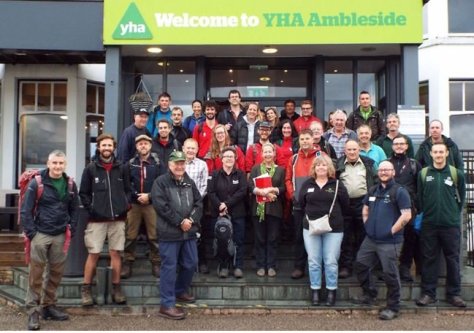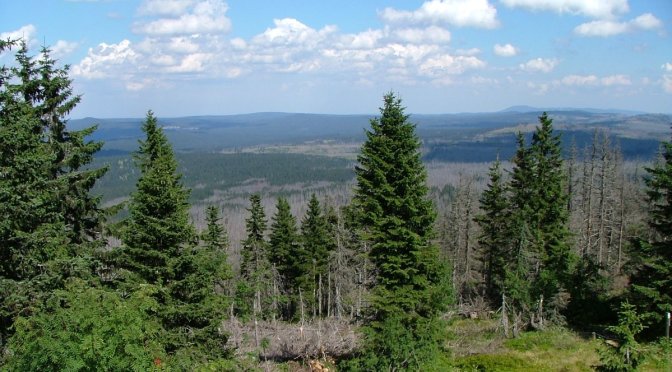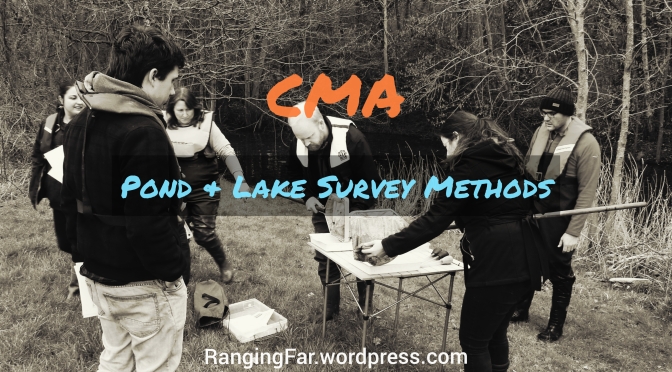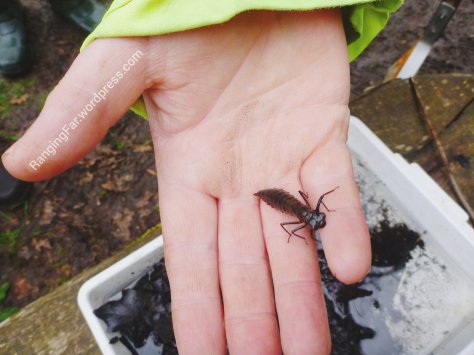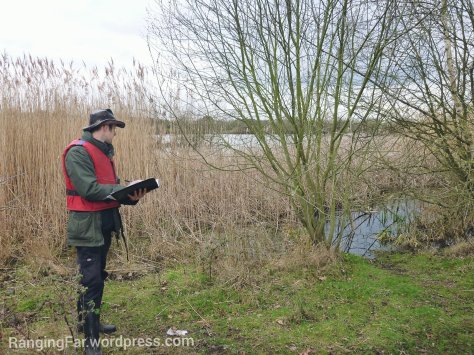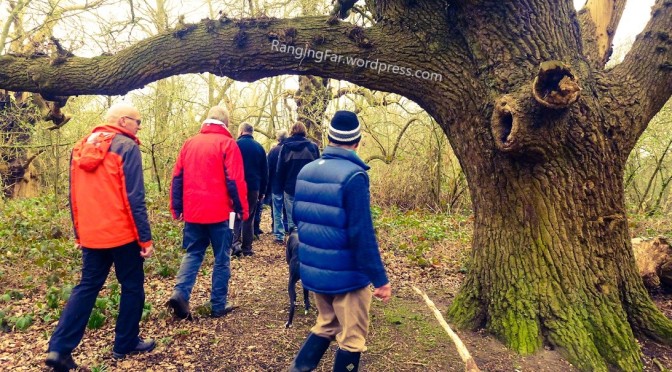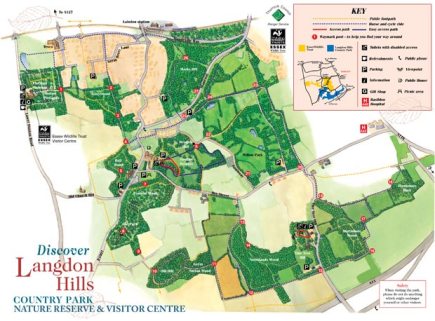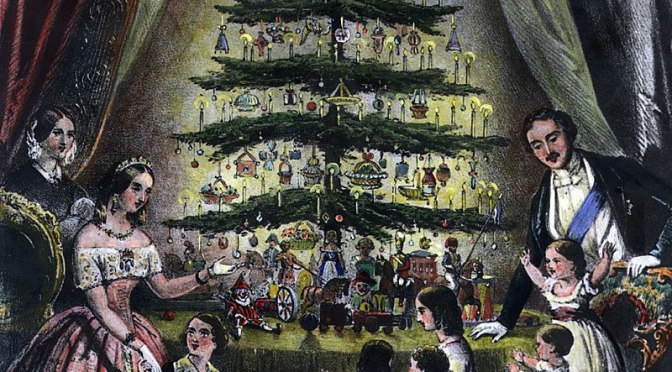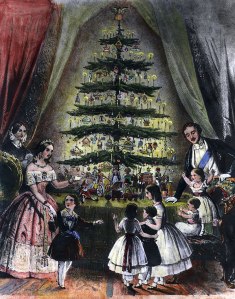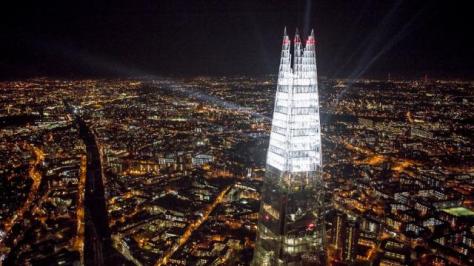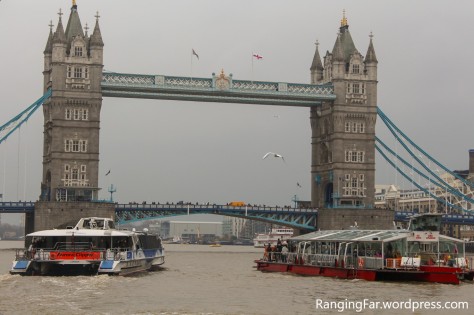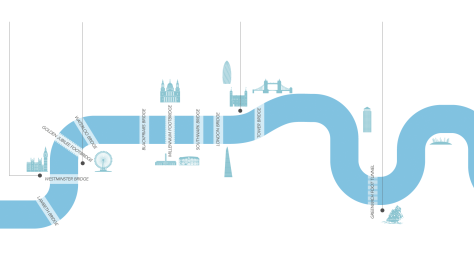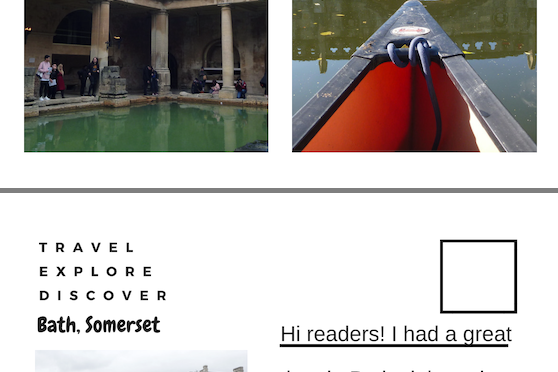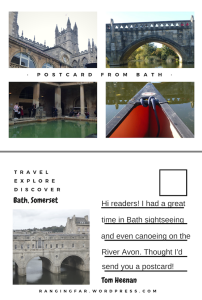The National Dormouse Conference 2019 took place last week on the 19th November. Organised by the People’s Trust for Endangered Species and held at Reading University, the event saw hundreds of people gathered together to learn more about our native hibernating rodent, the hazel dormouse.

Why such a big event for such a small animal? In short, the hazel dormouse is an interesting animal, and rather endangered.
This was the first time I have been to the PTES dormouse conference and it was a great opportunity to learn more about dormice. I’ve been involved in dormouse box checking, and attended some training sessions on dormouse ecology and conservation in the past. The national conference was packed full of talks from dormouse experts and researchers though so I was able to learn some of the latest on topics such as the current state of dormice populations, survey techniques, dormouse hibernation, the impacts of climate on dormice and more.
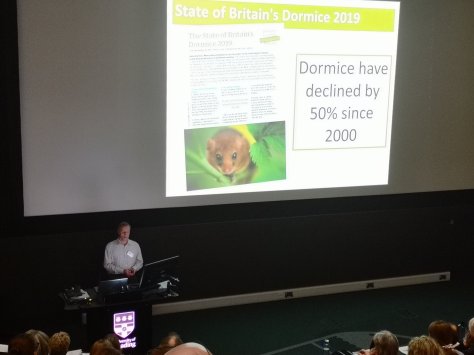
Dormouse are different to our other native rodents, breeding slowly and having particular habitat requirements. This has made them vulnerable to some of the changes we have made to the countryside. Through some of the talks we learnt about projects to bolster our increase dormouse populations in the wild, such as the Test Valley Project and Wensley Dale Dormouse Project. We also heard about work along the M1 to protect the resident dormice while upgrading to a smart motorway, and worth to develop arboreal wildlife bridges to help dormice cross roadways and thus reduce fragmentation of populations.
The day included tea breaks and a lunch break which gave us more time to absorb all of the information, to browse the wildlife stalls and merchandise in the foyer, and to meet other people interested in or working with dormice.
This was an informative, useful and well-run conference. If you’re interested in dormice I would really recommend attending a national conferences if you haven’t yet. Those volunteering with the National Dormouse Monitoring Programme (NDMP) even get a discount on tickets, which is a great incentive for dormouse volunteers to go along and increase their knowledge!

